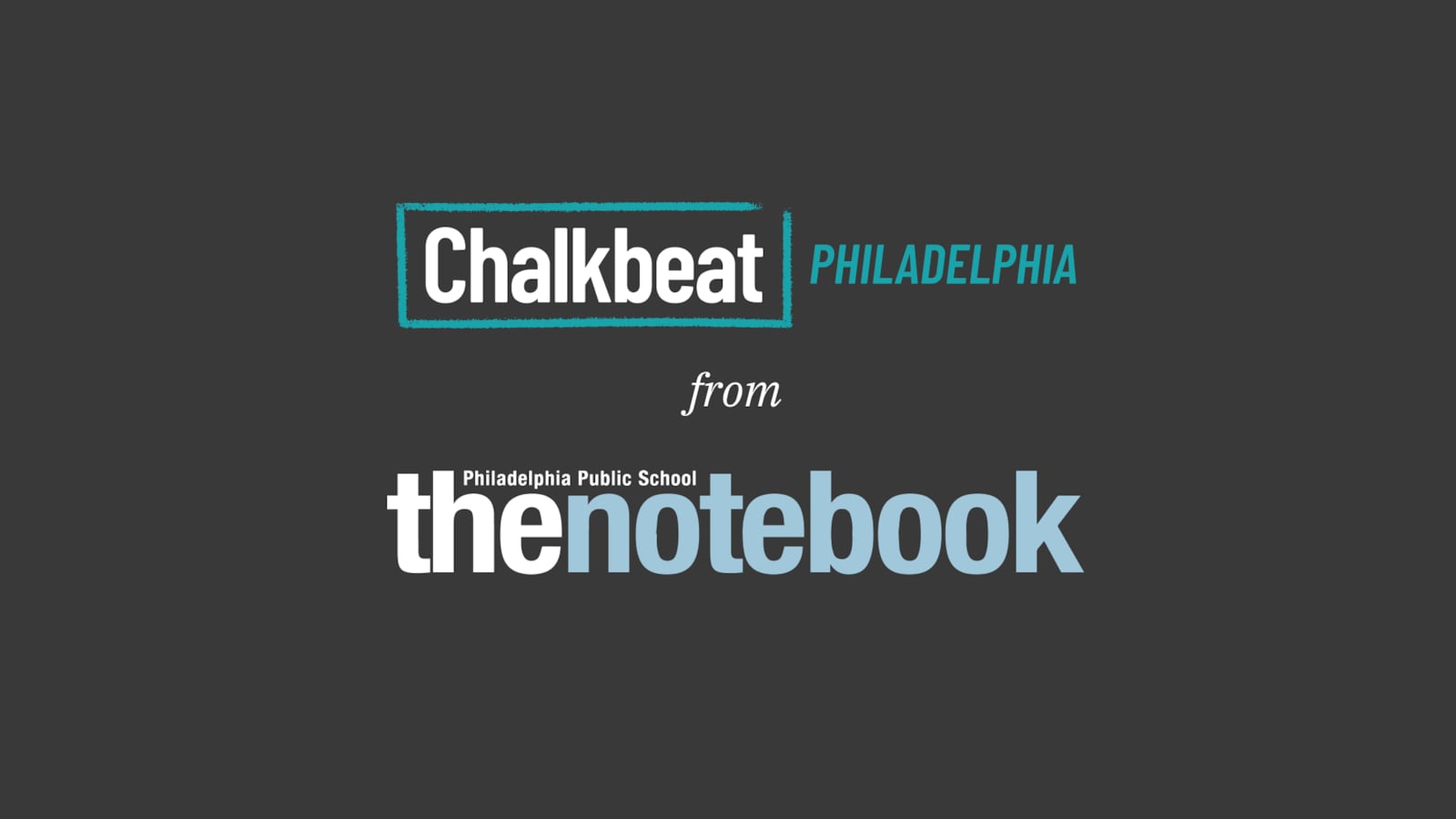This article was originally published in The Notebook. In August 2020, The Notebook became Chalkbeat Philadelphia.
The School District’s charter office released detailed reports Wednesday on the academic, financial, and organizational health of each charter school in Philadelphia.
The first Annual Charter Evaluations – or the ACEs, as officials call them – go beyond common data, such as test scores and demographics, to track trends for each school, including student mobility, application process, use of discipline best practices, percentage of certified teachers, and a charter’s financial health.
The big takeaway, according to DawnLynne Kacer, head of the District’s eight-person charter office, is that the charter sector in the city is diverse and individual schools vary considerably. She said she hopes that understanding this will inspire a "deeper conversation" about charter schools, bringing the discussion out of the charter vs. District rut.
"There are certainly a lot of areas where the charter sector is setting a bar for student achievement and performance," she said. "But there are a number of areas that can be improved."
For instance, the chart on student mobility gives information on what percentage of students enroll and leave during the course of the school year. Charters are often accused of getting rid of students who are deemed too difficult to educate.
The reports show how a school’s student mobility rate compares to other charters and to the District as a whole. Some schools, like the District as a whole, have a relatively high percentage of students who both enter and leave during the year, while others have a high percentage leaving and a minimal number entering.
In areas including enrollment and discipline, the reports compare the charters’ stated policies with their actual practices.
The evaluation looks at whether "a parent or family can have equitable access to apply to and enroll in the school," Kacer said. Several still have significant barriers to entry, but overall, "charters are getting better at it," said Julian Thompson, the manager of authorizing quality for the charter office.
In academic areas, the report compares each school to peer schools, the charter sector as a whole, and to District averages. It breaks down proficiency rates by grade, ethnicity, and gender, and flags problematic areas by putting percentages in red. Readers can immediately pinpoint achievement gaps among ethnic groups and between males and females. (A spot check shows females having higher achievement rates than males in most areas, which is also true for District schools, Kacer said.) It also makes it easy to identify the size of gaps for special education students, English language learners, and students living below the poverty line.
Although most of these charter schools have gaps, as do District schools, the size of these gaps differs considerably from school to school.
Proficiency rates in math and English/language arts are also broken out by grades, so it is possible to judge whether a school that enrolls students with achievement issues helps those students do better the longer they are in the school.
The finance evaluations look at each school’s yearly revenue vs. expenses between 2013 and 2015 and changes in its net position, as well as whether it has the resources to pay off any debt and its cash flow. It compares all this to the charter sector median and the recommended standard. (Overall, the sector median is well above the standard.)
In the coming weeks, Kacer said, the office will be "identifying areas where we want some of these deeper-dive conversations to occur. We will be releasing case overviews to spur the conversation forward."
Thompson said that he "hopes these materials can keep lots of stakeholders busy to understand what is happening in this sector with a third of the kids in Philadelphia."
The reports are an outgrowth of the School Reform Commission’s Authorizing Quality Initiative. It includes 72 evaluations for all charters not currently up for renewal. It does not include reports on cyber charters, which are authorized by the state but enroll thousands of Philadelphia students.
SRC chair Marjorie Neff called the evaluations "another major step in bringing national best practices to Philadelphia [charter] authorizing," calling it a "step forward in using strong charter authorizing practices to close the gap created by Pennsylvania’s relatively weak and outdated charter school law."
Pennsylvania’s law was recently called the "worst in the country" by the state auditor general. Half of the state’s charters are in Philadelphia, and charter advocates have criticized Philadelphia’s authorizing quality, blaming the low performance of some charters on inadequate oversight by the District.
A bill currently in play in Harrisburg would expand some charter authorizing to the state by giving it the power to intervene in the lowest 5 percent of schools based on achievement.
Links to the Annual Charter Evaluations can be found below or on the District’s website.

